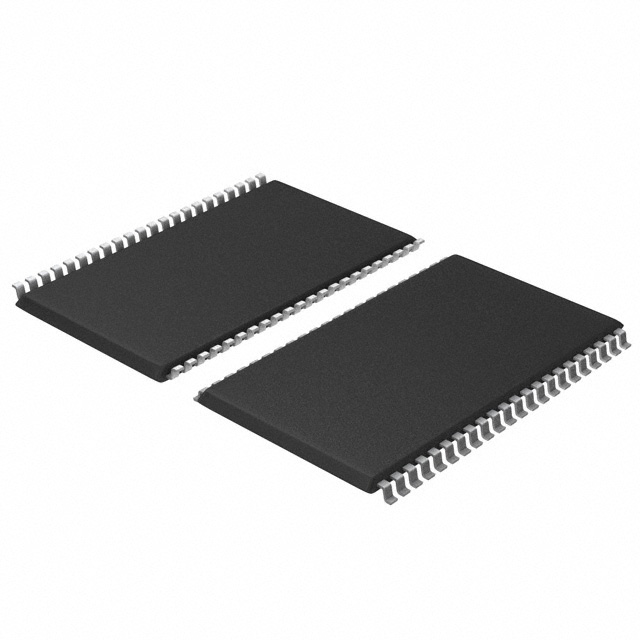70T633S12BCI
Manufacturer No:
70T633S12BCI
Manufacturer:
Description:
IC SRAM 9MBIT PARALLEL 256CABGA
Datasheet:
Delivery:





Payment:




In Stock : 0
Please send RFQ , we will respond immediately.









70T633S12BCI Specifications
-
TypeParameter
-
Access Time12 ns
-
Supplier Device Package256-CABGA (17x17)
-
Package / Case256-LBGA
-
Mounting TypeSurface Mount
-
Operating Temperature-40°C ~ 85°C (TA)
-
Voltage - Supply2.4V ~ 2.6V
-
Write Cycle Time - Word, Page12ns
-
Memory InterfaceParallel
-
Memory Organization512K x 18
-
Memory Size9Mbit
-
TechnologySRAM - Dual Port, Asynchronous
-
Memory FormatSRAM
-
Memory TypeVolatile
-
DigiKey ProgrammableNot Verified
-
PackagingTray
-
Product StatusActive
-
Series-
The 70T633S12BCI integrated circuit chips, also known as Field-Programmable Gate Arrays (FPGAs), have several advantages and application scenarios. Here are some of them:Advantages: 1. Customizability: FPGAs can be programmed and reprogrammed to perform various tasks, making them highly flexible and customizable for specific applications. 2. Parallel Processing: FPGAs offer immense parallel processing capabilities, allowing them to handle complex computations and data processing tasks efficiently. 3. Lower Power Consumption: Compared to traditional microprocessors, FPGAs consume less power for performing the same tasks, making them suitable for low-power applications. 4. Real-Time Processing: FPGAs are capable of performing tasks in real-time due to their high processing speeds, making them suitable for time-sensitive applications. 5. Prototyping and Testing: FPGAs are commonly used for prototyping and testing of new electronic designs, as they allow rapid iteration and modification without the need for physical redesign.Application Scenarios: 1. Digital Signal Processing: FPGAs excel in digital signal processing applications such as audio and video processing, speech recognition, image processing, and digital communication systems. 2. High-Performance Computing: FPGAs can be utilized in high-performance computing applications that require extensive parallel processing, such as cryptography, data encryption, and scientific simulations. 3. Industrial Automation: FPGAs find application in industrial automation for control systems, motion control, robotic control, and monitoring purposes. 4. Automotive Systems: FPGAs are used in automotive systems for advanced driver assistance systems (ADAS), engine control units (ECU), infotainment systems, and vehicle networking. 5. Aerospace and Defense: FPGAs are employed in aerospace and defense applications for radar systems, advanced avionics, satellite communications, military-grade encryption, and guidance systems.These chips find use in a wide range of industries and applications, thanks to their flexibility, performance, and real-time processing capabilities.
70T633S12BCI Relevant information
-

CY7C1051H30-10ZSXIT
Infineon Technologies -
EM008LXOAB320CS1R
Everspin Technologies Inc. -
S25HS01GTDPMHB010
Infineon Technologies -
MT60B4G4HB-56B:G
Micron Technology Inc. -
CY15B104QI-20BFXIT
Infineon Technologies -
CY15V104QI-20BFXIT
Infineon Technologies -
CY15B104QI-20LPXIT
Infineon Technologies -
CY15B104QI-20LPXCT
Infineon Technologies -
CY15V104QI-20LPXCT
Infineon Technologies -
CY15V104QI-20LPXIT
Infineon Technologies






